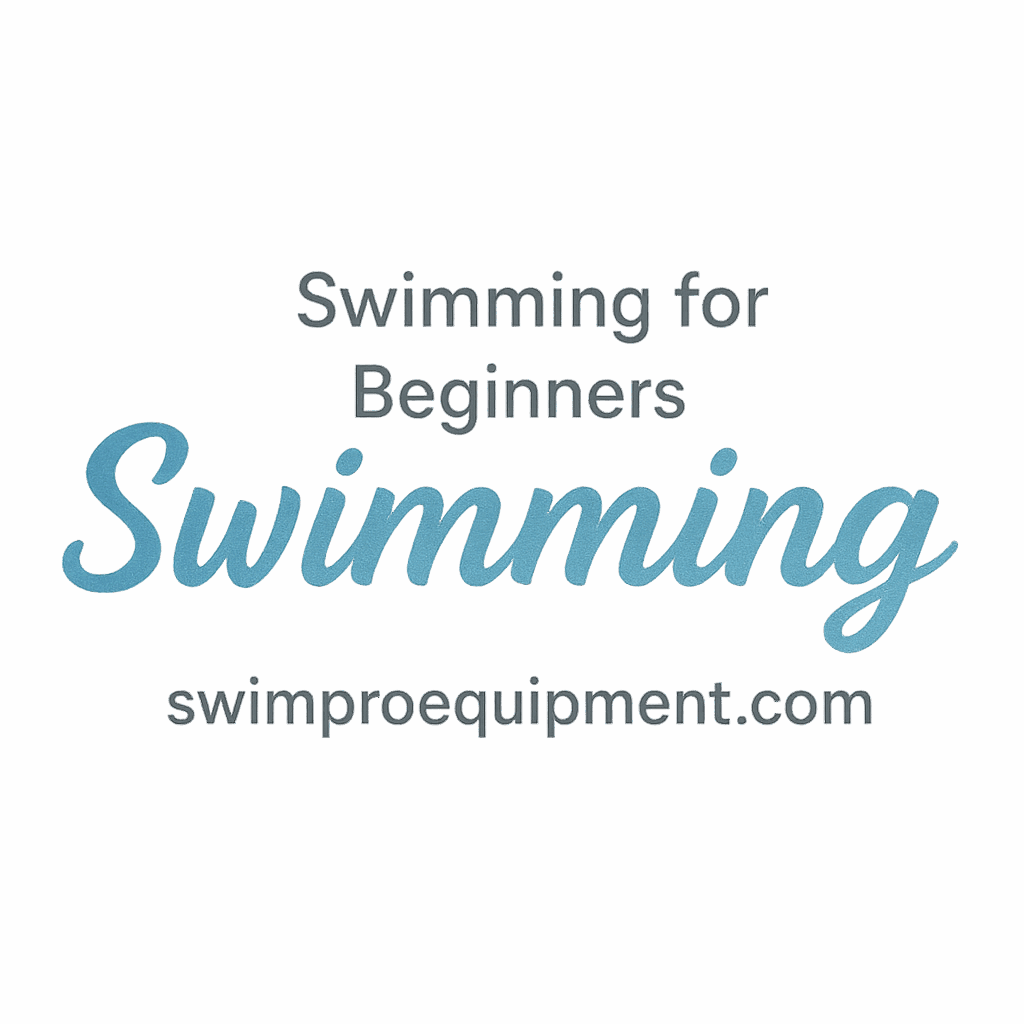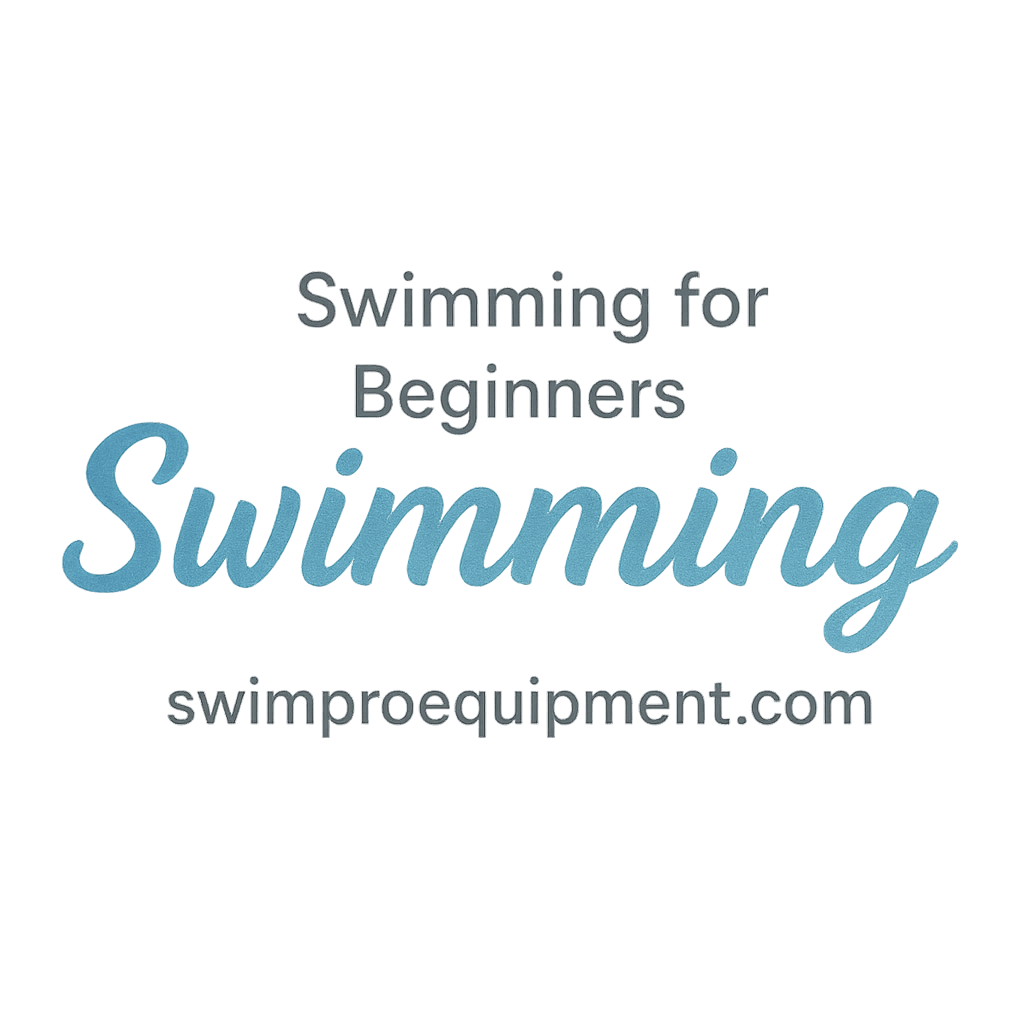Swimming isn’t just about the water. In fact, some of the best ways to enhance your swimming performance happen out of the water. Dryland exercises can be a game-changer for swimmers who want to boost their strength, power, and endurance without getting wet. In this article, we’ll cover six dryland exercises that can significantly improve your swimming performance.
Introduction: The Importance of Dryland Training
If you’re a swimmer, you might think that the key to success lies in the pool. But dryland training has proven to be just as critical in enhancing swimming performance. Dryland exercises focus on improving overall strength, flexibility, and coordination—key components that directly impact your swimming abilities.
So why should you spend time on dryland exercises? Well, these exercises target muscles that aren’t always used as intensively in the water. They help prevent injuries, improve posture, increase mobility, and build the endurance necessary for long, intense swims.
If you’re looking for ways to make significant strides in the pool, integrating dryland training into your routine can take you one step closer to your goal.
What Are Dryland Exercises?
Dryland exercises refer to any physical activity or workout you can perform on land that is specifically designed to complement and enhance swimming performance. They typically focus on strength training, core stability, and flexibility. These exercises engage muscles that play an essential role in swimming, like your core, legs, arms, and back.
Why Dryland Exercises Matter for Swimmers
Dryland training offers swimmers several key benefits:
- Increased Strength – Strengthening muscles, particularly the core and upper body, can improve your stroke efficiency and power.
- Injury Prevention – By building muscle imbalances and improving flexibility, you reduce your chances of injuries.
- Better Coordination – Dryland exercises teach your body to move in a coordinated way, translating to more fluid swimming movements.
- Improved Endurance – Dryland training can help increase stamina, which is essential for long-distance swimming.
Now, let’s dive into six dryland exercises that will take your swimming performance to the next level.
Dryland Exercise #1: Plank to Push-Up
The plank to push-up exercise is fantastic for developing both core strength and upper body endurance. In swimming, a strong core translates to better body alignment, which improves your speed and technique in the water.
How to Perform the Plank to Push-Up
- Start in a forearm plank position with your elbows directly below your shoulders.
- Engage your core and push up onto your hands, one hand at a time, transitioning from the forearm plank to a full push-up position.
- Lower yourself back down, one arm at a time, returning to the forearm plank.
- Repeat for 10-15 reps.
Benefits of Plank to Push-Up for Swimmers
- Builds upper body strength that aids in swimming strokes like the freestyle and backstroke.
- Strengthens the core, which helps swimmers maintain proper body positioning in the water.
- Improves balance and stability, both on land and in the pool.
You can also explore more on improving core strength and proper body positioning at SwimPro Swimming Basics.

Dryland Exercise #2: Squats
Squats are a simple yet incredibly effective exercise for swimmers. This exercise helps to develop leg power, which is crucial for swimming propulsion and push-offs from the wall.
How to Perform Squats for Swimming
- Stand with your feet shoulder-width apart, toes slightly turned out.
- Lower your body by bending your knees and pushing your hips back, like you’re sitting into a chair.
- Keep your chest up and your back straight throughout the movement.
- Push through your heels to return to a standing position.
- Perform 3 sets of 12-15 reps.
Benefits of Squats for Swimming Power
- Increases leg strength and endurance, especially in the quadriceps, hamstrings, and glutes.
- Enhances the explosiveness needed for powerful starts and turns in the pool.
- Builds stability in the lower body, helping you maintain a streamlined position while swimming.
Squats also promote overall strength, which is vital for swimming. You can learn more about the importance of strength training at SwimPro Swimming Gear.
Dryland Exercise #3: Superman Hold
The Superman hold is a fantastic way to strengthen your back, shoulders, and core. This is especially beneficial for swimmers who rely on strong back muscles for effective strokes.
How to Perform the Superman Hold
- Lie face down on the floor with your arms extended above your head.
- Lift your arms, chest, and legs off the ground simultaneously, holding this position for 10-30 seconds.
- Lower back down slowly and repeat for 3 sets.
Why the Superman Hold Boosts Swimming Strength
- Strengthens the back and shoulders, improving your pull in strokes like the freestyle and butterfly.
- Enhances your ability to maintain a streamlined position in the water.
- Engages the core, helping swimmers stabilize their body in the water.
To further develop back strength, check out SwimPro Training Workouts for Beginners.
Dryland Exercise #4: Medicine Ball Slams
Medicine ball slams are a full-body exercise that improves explosiveness, which is essential for powerful swimming strokes. This exercise also targets the core, arms, and legs.
How to Perform Medicine Ball Slams
- Stand with your feet shoulder-width apart, holding a medicine ball overhead.
- Slam the ball down to the ground as hard as you can, engaging your core as you do so.
- Squat down to pick up the ball and repeat for 10-15 reps.
How Medicine Ball Slams Improve Core Strength
- Builds core power, which is essential for swimming strokes like the breaststroke and butterfly.
- Boosts explosive strength, increasing swimming speed.
- Enhances coordination and body control, translating to more efficient swimming.
Dryland Exercise #5: Jump Lunges
Jump lunges are a high-intensity plyometric exercise that helps improve leg strength, agility, and overall cardiovascular fitness—crucial for sprint swimmers.
How to Perform Jump Lunges
- Start in a lunge position with one foot forward and the other behind.
- Explosively jump up, switching your legs mid-air, and land in a lunge position with the opposite leg forward.
- Repeat for 10-12 reps on each side.
The Impact of Jump Lunges on Swimming Speed
- Develops explosive power, particularly in the legs and glutes.
- Improves coordination, helping swimmers execute faster turns and faster strokes.
- Increases stamina and endurance, important for long-distance swimming.
You can also enhance your lunges with proper technique at SwimPro Body Position Training.
Dryland Exercise #6: Deadlifts
Deadlifts are one of the best exercises for strengthening the posterior chain, which includes your hamstrings, glutes, and lower back. These muscles are crucial for powerful swimming strokes and efficient movement.
How to Perform Deadlifts Properly
- Stand with your feet shoulder-width apart and a barbell in front of you.
- Bend at your hips and knees, grabbing the barbell with both hands.
- Lift the bar by straightening your hips and knees, keeping your back straight throughout the movement.
- Lower the bar back to the ground with control and repeat for 8-10 reps.
Why Deadlifts Are Crucial for Swimming Performance
- Builds strength in the legs and back, which are essential for swimming power and endurance.
- Improves posture and body alignment, which are vital for efficient strokes.
- Enhances core stability, which helps swimmers maintain a streamlined position in the water.
For more on swimming strength and injury prevention, visit SwimPro Injury Prevention Tips.
Conclusion: Maximizing Swimming Performance with Dryland Exercises
Incorporating dryland exercises into your routine can make a huge difference in your swimming performance. Whether you’re focusing on building strength, improving endurance, or preventing injuries, these six exercises will help you achieve your goals in the pool. Combine them with your regular swimming workouts for the best results!
Remember, consistency is key. Practice these exercises regularly, and you’ll soon notice improvements in your swimming technique, power, and overall performance.
FAQs
- How often should I do dryland exercises for swimming?
Aim to perform dryland exercises 2-3 times a week, allowing enough recovery time between sessions. - Can dryland exercises help with swimming speed?
Yes! Exercises that target your legs, core, and upper body help increase strength and explosiveness, which contribute to faster swimming. - What is the best dryland exercise for core strength?
The Superman hold and plank to push-up exercises are both excellent for building core strength. - Are jump lunges beneficial for swimmers?
Yes! Jump lunges improve leg strength, agility, and explosiveness, all of which are key for swimming. - How can dryland exercises help prevent swimming injuries?
By strengthening muscles and improving flexibility, dryland exercises help correct imbalances and reduce the risk of injuries. - Should I combine dryland exercises with my swim practices?
Absolutely! Dryland training complements swim practices by improving strength, power, and endurance. - Can deadlifts improve my backstroke?
Yes! Deadlifts strengthen your back and core, which are essential for performing a powerful and efficient backstroke.


